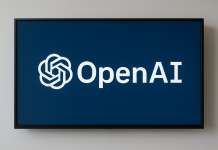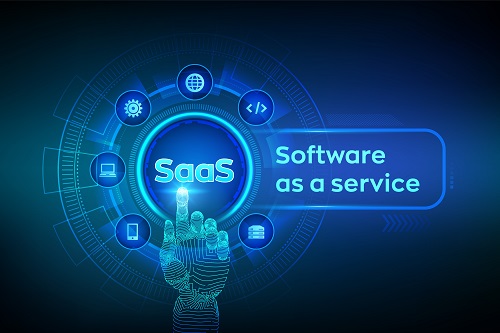The Internet has drastically changed our lives; from searching smallest thing on the net to running a full-fledged business. The capabilities of the net are not unseen and people are not unaware of it. We come across many results which are shown by the net, what are they? How do they exactly work? What Software it is? These are the common questions that anyone might come across so let’s know what is SaaS.
Software as a Service (SaaS) is a software distribution model in which a cloud provider hosts applications and makes them available to end-users over the internet. In this model, a software vendor may contract a third-party cloud provider to host the application. SaaS is categorized into three main branches viz. Infrastructure as a Service (IaaS) and Platform as a Service (PaaS). IT professionals to personal users these people use various applications of SaaS. Different platforms for personal entertainment like Netflix and Amazon to advanced IT tools are used by a different range of people. B2B and B2C users frequently market SaaS products.
Now we know what is SaaS and where it can be used! Now let us know how does Software as a Service works. SaaS and its different products/platforms work through the cloud delivery model. A software provider will either host the application and related data using its own servers, databases, networking, and computing resources, or it can be an Independent Software Vendor (ISV) who contracts a cloud provider to host the application. The application is compatible and accessible to any device with a network connection. SaaS applications and products can be easily accessed via web browsers.
Advantages of SaaS:
The need to install and run applications on their own computers is removed by SaaS for the organizations. This eliminated the expense of hardware acquisition, provisioning, and maintenance, as well as software licensing, installation, and support. Other benefits are:
- Flexible Payments: Rather than purchasing software to install, or additional hardware to support it, customers subscribe to a SaaS offering. Transitioning costs to a recurring operating expense allows many businesses to exercise better and more predictable budgeting. Users can also terminate SaaS offerings at any time to stop those recurring costs.
- Scalable Usage: Cloud services like SaaS offer high Vertical scalability, which gives customers the option to access more or fewer services or features on-demand.
- Auto Updates: SaaS provider automatically performs updates which reduce the burden on in-house IT staff.
- Accessibility: Since SaaS vendors deliver applications over the internet, users can access them from any internet-enabled device and location.
- Customization: SaaS applications are often customizable and can be integrated with other business applications, especially across applications from a common software provider.
Challenges and risks faced by SaaS:
SaaS also poses some risks and challenges as businesses rely on outside vendors to provide the software. Challenges and risks faced by SaaS are as follows:
- Issues beyond customer control.
- Customer’s lose control over versioning.
- Difficulty in switching vendors.
- Security.
SaaS vs. IaaS vs. PaaS
SaaS is one of the three major cloud service models. All three models involve cloud providers that deliver their own hosted data center resources to customers over the internet.
SaaS application users do not have to download software, manage any existing IT infrastructures or deal with any aspect of the software management. Vendors handle maintenance, upgrades, support, security, and all other aspects of managing the software.
IaaS is used by many companies who want to outsource their data center and computer resources to a cloud provider. IaaS providers host infrastructure components such as servers, storage, networking hardware, and virtualization resources.
PaaS provides a framework of resources for an organization’s in-house developers. This hosted platform enables developers to create customized applications. The vendor manages the data center resources that support the tools.









